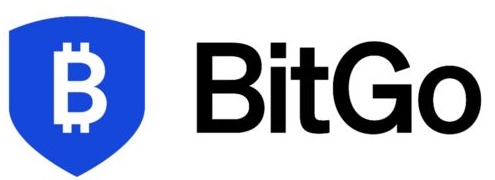
Gold Sector Performance and Central Bank Trends: July 2025 Update
Comprehensive analysis of gold sector performance, central bank policy impacts, and market trends shaping the precious metals landscape in July 2025.
At Agio Digital, we believe every institution deserves reliable, efficient, and compliant financial solutions. Licensed by the Securities Commission of The Bahamas, we combine traditional financial expertise with cutting-edge digital services to deliver regulated, secure, and innovative solutions for payments, fund services, digital asset management, and treasury operations.
Regulated financial solutions bridging traditional finance with digital innovation
Get Started TodayThe bridge between traditional financial services and the digital economy
Licensed by the Securities Commission of The Bahamas with full AML/KYC compliance
AI-powered platform with real-time monitoring, advanced automation, and multi-chain blockchain integration
End-to-end services from incorporation to fund management with traditional and digital asset expertise
Collaborative approach with white-glove service, deep industry expertise, and global network of professional relationships
Comprehensive financial solutions for modern institutions
Launch and scale your fund with full regulatory confidence.
Global business structuring across key jurisdictions.
Optimize institutional cash and digital asset operations.
Institutional-grade over-the-counter trading services.
Strategic asset protection planning and legal structures.
Simplify payments and manage multi-currency flows with unprecedented transparency and speed. Seamlessly convert between FIAT ↔ Stablecoin ↔ Crypto and access virtual card solutions for global payments.
As a licensed Unrestricted Fund Administrator with delegated authority from the Securities Commission of The Bahamas, we provide comprehensive fund services combining traditional excellence with digital innovation.
Your gateway to global business structuring. We help you incorporate and manage entities across key jurisdictions with crypto-optimized frameworks.
Optimize your institutional cash and digital asset operations. Real-time monitoring, automated reporting, and risk management tools.
Institutional-grade trading with personal service. Access deep liquidity pools and execute large-volume trades with minimal market impact, competitive spreads, and confidential execution.
Safeguard your wealth with strategic planning. Protect assets through sophisticated legal structures, offshore trusts, and multi-jurisdictional strategies for enhanced privacy and creditor protection.
We have great achievement to show.




